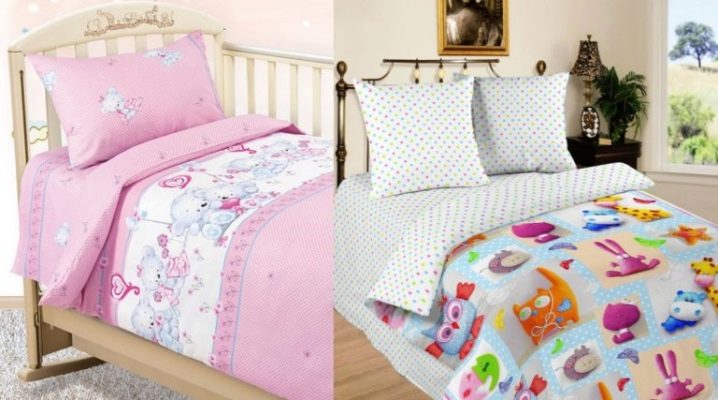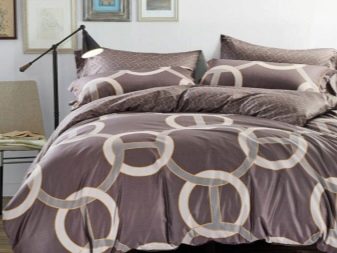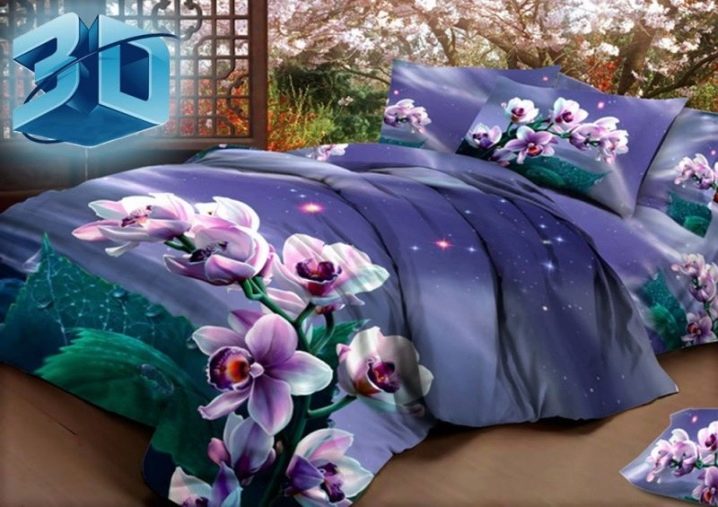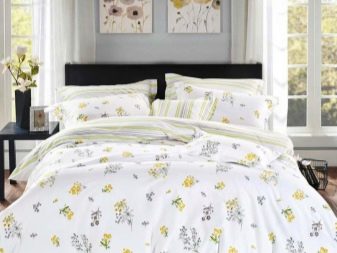Poplin or satin - what is the difference and what is better for bed linen?
Bed linen should be not only beautiful, but also pleasant to the touch, hypoallergenic and quality. On the bed, covered with such linen, you can sleep well, and a good sleep is the key to a good mood for the whole day. So the question of choosing a bed is better to treat with full responsibility.
Tissue similarities
The best option is natural fabrics from cotton, linen, silk. They are breathable, perfectly absorb water, are not susceptible to electrification and are hypoallergenic. Fabrics from various natural fibers have their advantages and disadvantages.
Linen fabrics are coarse and require careful ironing. Silk textiles are too expensive, besides, the body slides and cools. The undisputed leader among natural textiles are cotton fabrics.They can be 100% natural and mixed (with the addition of synthetic fibers). Most often for the manufacture of bedding sets use coarse calico, satin and poplin.
Sateen is a 100% cotton fabric (very rarely with synthetic inclusions) with double weave. One of the threads is a thin twisted one, which gives the satin fabric its distinctive shine and smoothness. The degree of twist of the thread determines the strength of the gloss of textiles. The seamy side has a slight roughness, it does not allow the linen to slide off the bed. Satin is also distinguished by a high weave density - up to 130 threads per 1 square meter. cm.
Kits from this fabric perfectly absorb moisture, are cool in heat and warm enough in winter, breathable, do not electrify and do not cause allergic rejection. They do not "sit down", durable and durable. For sewing bed linen use several types of sateen - bleached, dyed and printed.
The most expensive type of satin fabric is satin-jacquard - with a convex pattern on the surface. It should be ironed from the inside and in a slightly moist state.
Now about poplin. Previously, poplin fabric was made of silk, now it is made of cotton, occasionally with synthetic additives. The peculiarity of poplin is the simple interweaving (coarse calico) of the warp and weft threads of different thickness, which gives a small hem pattern on the surface of the fabric. Distinguish bleached, dyed, multicolored and printed poplin.
Hygroscopic, anti-static, breathable, durable and hypoallergenic - this is an incomplete list of the merits of this wonderful fabric. It practically does not hesitate, perfectly retains its shape, does not shrink and does not stretch when washed. The price of poplin is low, about the cost of coarse calico, but for tactile sensations poplin is much nicer and easier.
Now satin and poplin with images creating the illusion of volume have appeared on the market. If you prefer original solutions in the interior and do not shy away from new impressions, try bedding sets made from such fabrics.
The principal differences
Poplin has a lower density than sateen, but because of this it is lighter and airy. Also poplin, unlike satin fabrics, is subject to molting, especially during heat treatment (high-temperature washing, ironing).The pattern on the satin can be created in the process of interlacing the threads (satin-jacquard, printed satin), but on the poplin - only by dyeing or printing the image.
Comparison of advantages and disadvantages
Satin | Poplin | |
Composition | 100% cotton, synthetic inclusions are very rare | 100% cotton, synthetic inclusions are very rare |
Washing | Withstands washing at high temperatures, designed for 300-400 washes | At 30 degrees, can fade, designed for 120-200 washes |
Ironing | It is easy to iron and does not deform when ironed. | Requires careful ironing |
Sensations from tactile contact | Excellent, soft, smooth fabric | Soft, light, pleasant to touch |
Cost of | High | Available |
What is better?
What to choose for bed linen - satin or poplin? Each fabric has many advantages, so that consumers recommend to be guided by their impressions: touch the chosen textiles, look at the colors of the proposed sets, count your finances. Satin is more expensive than poplin, but also much more durable.
Reviews
According to consumer reviews, the majority still prefer poplin linens, since the price-quality ratio of textiles is optimal.When choosing a ready-made kit, customers are advised not to be shy, unfold the fabric to check the naturalness of its composition. If a weak crackling sound is heard, synthetic threads are also woven into the fabric. A small percentage of them is permissible, even useful - the fabric becomes durable, less wrinkled, etc. If the artificial yarns are more than 50%, it is better not to use such fabric for making the bed. It will not pass air, absorb moisture and static electricity.
About the difference between poplin and satin, see the following video.



























